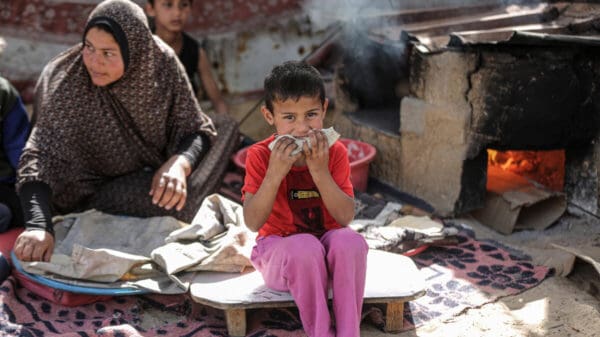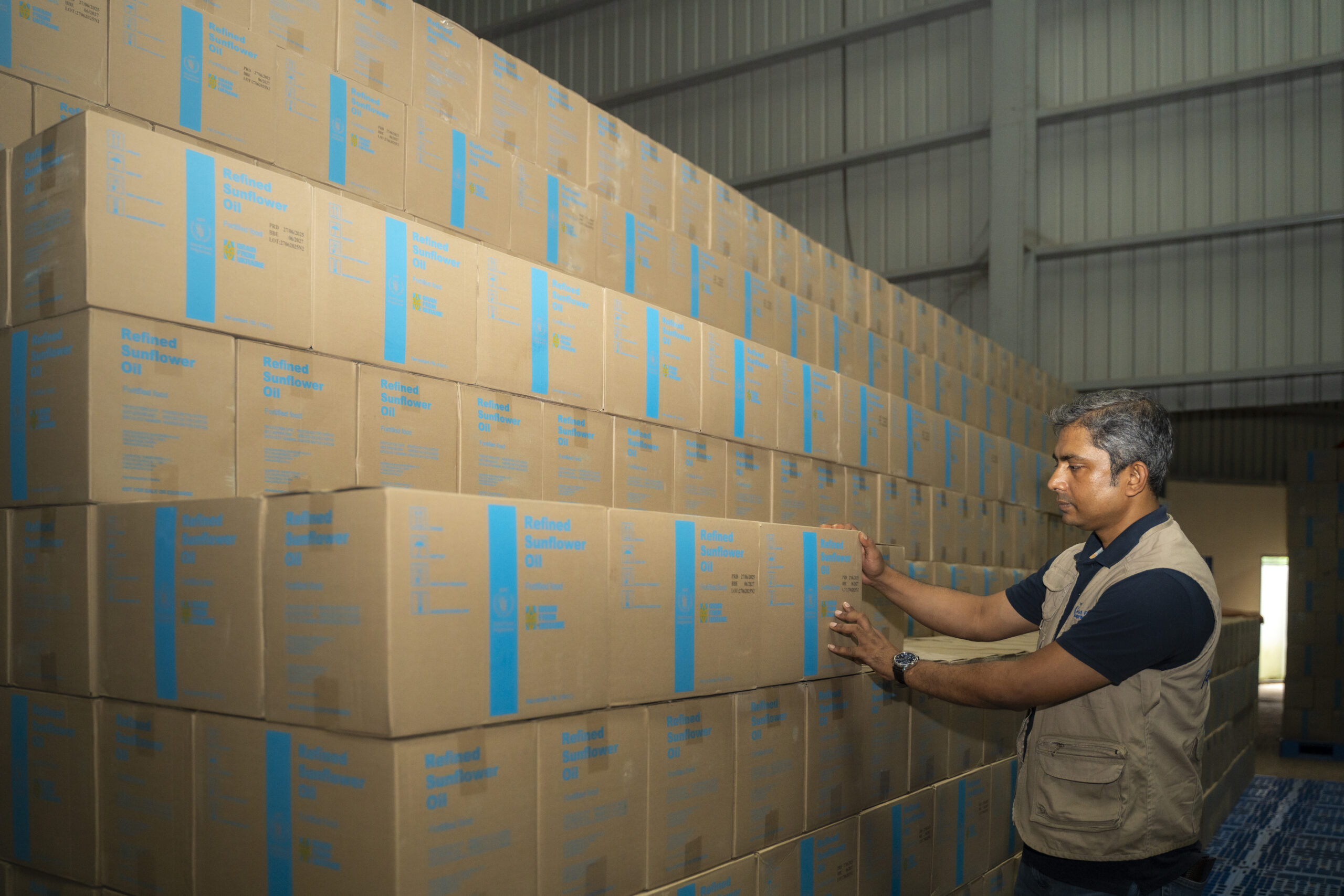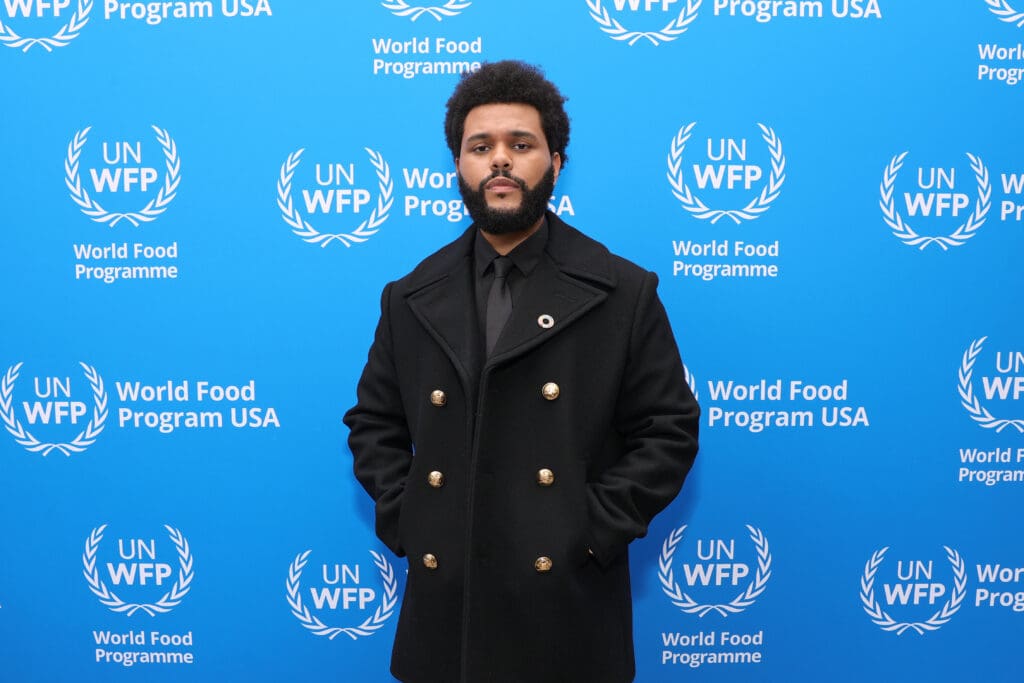Conflict ravages countries in countless ways. And it’s the number one cause of hunger in the world, tearing families, communities, infrastructure, food systems and entire regions apart.
Let’s talk about six of the most devastating conflicts going on in the world today and how they’re pushing an unprecedented number of people into severe hunger. We’ll also see what the United Nations World Food Programme (WFP) is doing to fight back against the rising tide of starvation in the toughest places on the planet.
1) Gaza
Gaza has experienced conflict over the decades, but the most recent and most catastrophic instance so far began in October of 2023, resulting in death, displacement, and hunger.
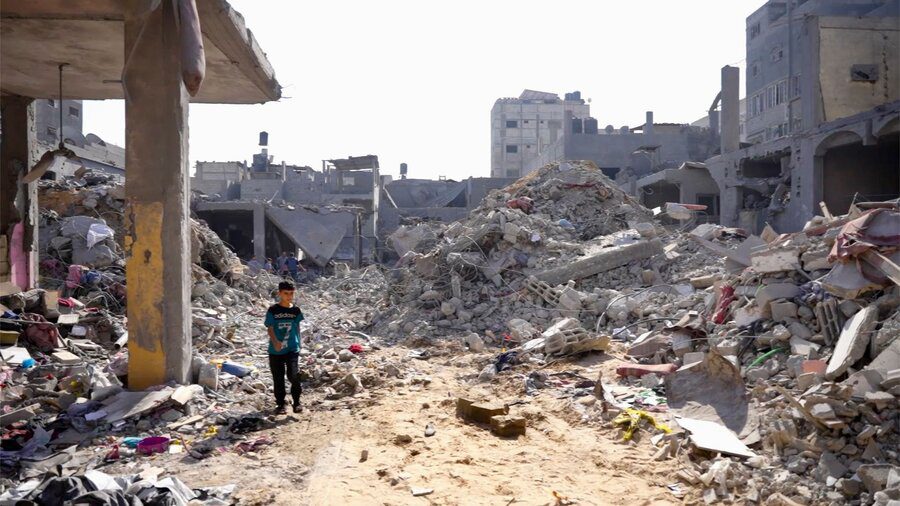 WFP Photo/Library
WFP Photo/LibrarySince the conflict began, over 33,000 Gazans have been killed and over 2 million people have been displaced. Unlike other conflicts, people in Gaza have nowhere to flee and are trapped within their own borders. With limited resources and no access to the outside world, Gazans are completely dependent on humanitarian aid to survive.
The U.N. World Food Programme has been in Gaza since 1991 and is there today providing much-needed food. While access into Gaza has been difficult, the U.N. World Food Programme has been able to enter during brief pauses in conflict. Since the start of the most recent crisis, it is serving over 1.45 million people each month with lifesaving food.
Learn more about Gaza and donate today to help send food.
2) Ukraine
The war in Ukraine is the latest conflict to erupt. It has caused over 6 million refugees to flee the country and created a new humanitarian emergency in Europe.
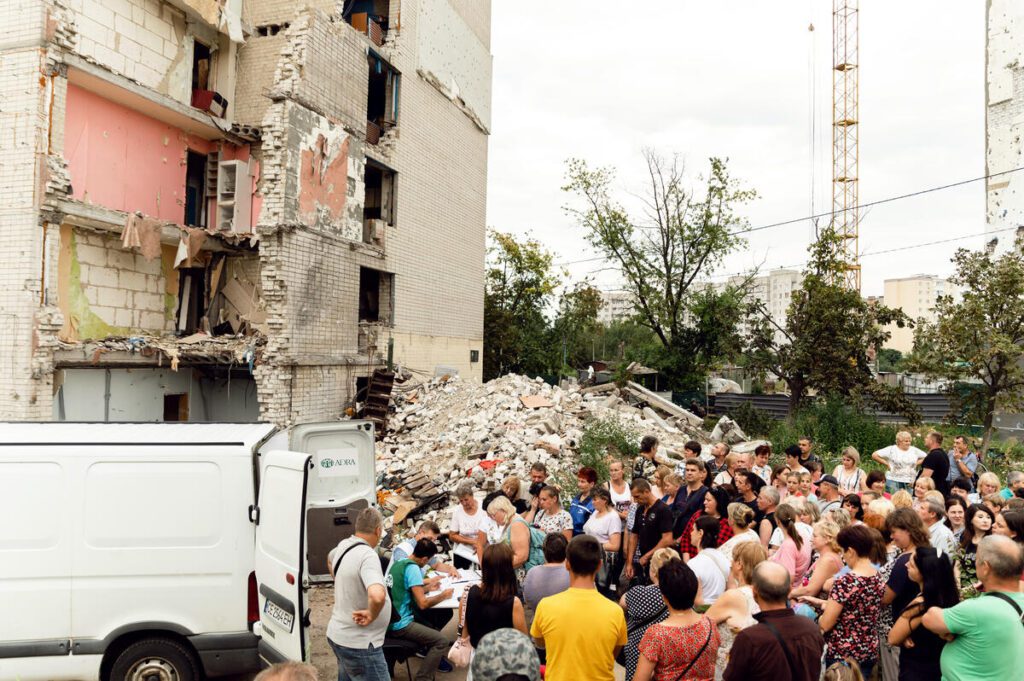
However, Ukrainians sadly are not unfamiliar with conflict. In 2014, Russia invaded and annexed Ukraine’s Crimean Peninsula. The move started an eight-year conflict that came to a violent head just last week. Russia invaded Ukraine on February 24, 2022 and the violence has resulted in destruction and casualties, along with the internal displacement of 4.9 million people.
The U.N. World Food Programme worked in Ukraine from 2014-2018, providing cash and food vouchers to over 1 million people. Now, we have returned to begin emergency operations for the current war providing food for 2 million people each month. Food relief will be delivered to hungry families inside of Ukraine along with people fleeing to neighboring countries.
Learn more about our work in Ukraine and donate today to help support Ukrainians.
3) Sudan
Sudan has experienced its share of internal conflict. Most recently in April of 2023, fighting between two rival military groups erupted in the capital city of Khartoum and has since spread throughout the country.
 WFP/Leni Kinzli
WFP/Leni KinzliOngoing fighting has continued, killing 13,900 people and displacing 8.1 million. Most are internally displaced, and over a million refugees have fled to neighboring countries. Sudan was already facing hunger due to poverty and climate disasters, but the conflict has plunged millions more into hunger. Due to rising food costs and disrupted infrastructure from the conflict, over 20 million people are now facing food insecurity.
The U.N. World Food Programme has worked in Sudan since 1963. In this most recent crisis, it has reached 6.5 million people with food assistance. It’s also helping refugees in the neighboring countries of South Sudan, Ethiopia, the Central African Republic and Chad.
Learn more about Sudan and donate to help send food to hungry families.
4) Haiti
Haiti has a long history of internal conflict. Compounded by recurring earthquakes and hurricanes, conflict has made Haiti the worst hunger crises in the world. In 2022, conflict gripped the country once again when local gangs began fighting each other for control. The violence has escalated over the past year with civilians caught in the crossfire.
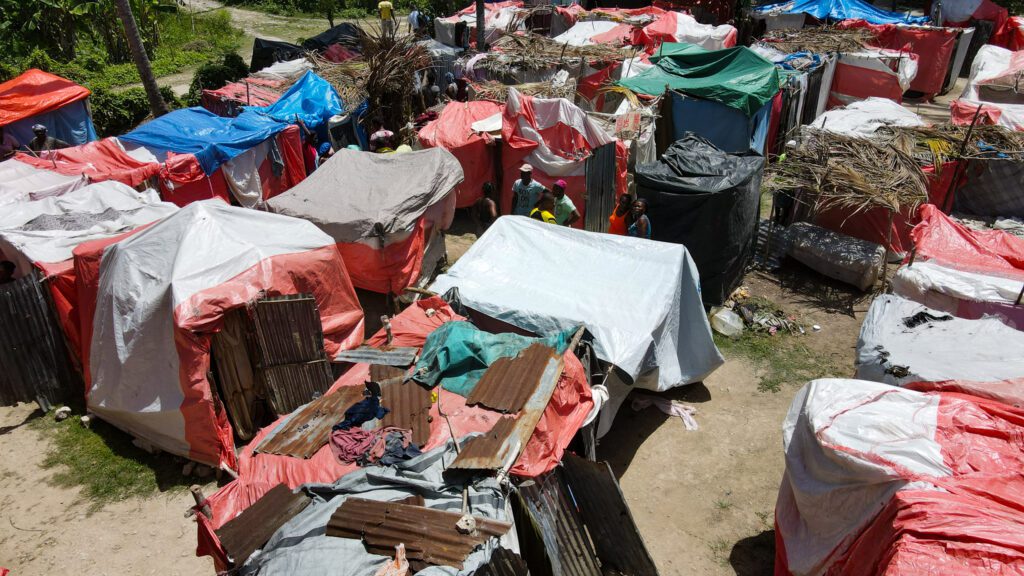 WFP/Theresa Piorr
WFP/Theresa Piorr
The recent fighting has made an already dire hunger emergency even worse. Today, 4.97 million people are extremely hungry. The lack of security has made it difficult for humanitarian aid to reach people. The U.N. World Food Programme has worked in Haiti since 1969 and continues to deliver lifesaving food through this crisis.
Learn more about Haiti and donate to help send food to hungry families.
5) The Sahel
The Sahel is a region in central Africa that includes Burkina Faso, Mali and Niger. Between 2020 and2023, there were coups in all three countries. Since then, conflict has escalated between armed rebel groups and local militias. Over 4 million people have been displaced from the recent rise in violence.
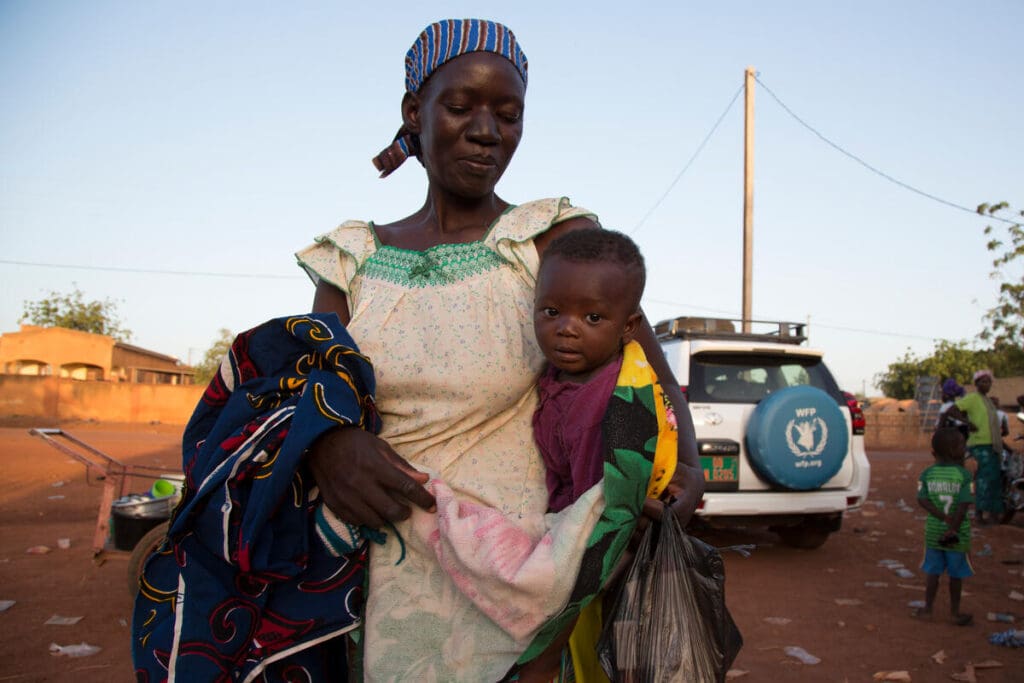 WFP/Marwa Awad
WFP/Marwa AwadThis region is also vulnerable to extreme weather events like floods and droughts. Climate extremes and instability have created a hunger crisis in the region. The U.N. World Food Programme is delivering emergency food aid to people in the Sahel along with projects that help farmers restore land that was destroyed by extreme weather.
Learn more about the Sahel and donate to help send food to hungry families.
6) Myanmar
In 2017, violence forced nearly 1 million of the Rohingya to flee Myanmar –creating one of the largest refugee crises in the world. About 1 million Rohingyas fled into neighboring Bangladesh and settled in Cox’s Bazaar, the world’s largest refugee camp. Reforms took place in the following years that put Myanmar on a path to democracy, but it abruptly ended in 2021 when a coup returned the country to military rule. In 2023, various groups and militias fought against the government, ushering in a new era conflict. So far, 2.6 million people have been displaced from the recent fighting.
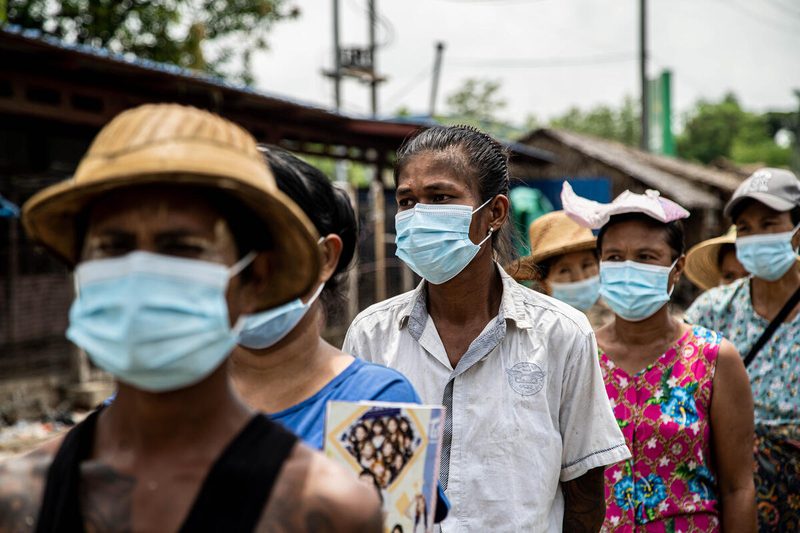 WFP/ Kaung Htet Linn
WFP/ Kaung Htet Linn
12.9 million people – about a quarter of the population – are hungry. Despite security challenges due to the conflict, the U.N. World Food Programme is still aiming to reach 2 million people with lifesaving food.
Learn more about the Myanmar and donate to help send food to hungry families.
7) Syria
It’s been over a decade of hellish conflict for families across Syria, and there are now more Syrian refugees in the world than citizens of any other country. The ongoing civil war involves the government, rebel forces, various domestic groups, foreign countries and ISIS. It started as part of the wider Arab Spring protests in 2011, escalating each year with humanitarian atrocities, country-wide devastation and millions of civilian deaths.
 WFP/Hussam Al Saleh/2022
WFP/Hussam Al Saleh/2022Today, large-scale hostilities and mass displacement — especially across the north — combined with a total breakdown of the economy mean people are facing crippling levels of poverty and food insecurity.
“We are tired, worn out and now hungry too as the economic situation takes its toll,” said Hanan, a Syrian mother of four. “I have not been able to get any fresh food, dairy or eggs for my children for the last four months.”
Some 12.9 million people — almost 60 percent of the population — are hungry and don’t know where their next meal will come from. This is a 57 percent increase since 2019 and the highest number ever recorded in the history of Syria.
We’re working across the country, assisting over 5 million people every month, and we’re ramping up support for vulnerable mothers and children through school meals, specialized nutrition and more.
Learn more about what’s happening in Syria and donate to help save lives across the globe.
Food Security: It’s the Key to Peace and Stability
Hunger fuels conflict, and conflict fuels hunger. These seven countries are stark examples of this vicious cycle.
It’s why the U.N. World Food Programme was awarded the 2020 Nobel Peace Prize for our work to prevent the use of starvation as a weapon of war. If we want to fight for peace, we need to fight to solve hunger. And we can’t do it without your help.

